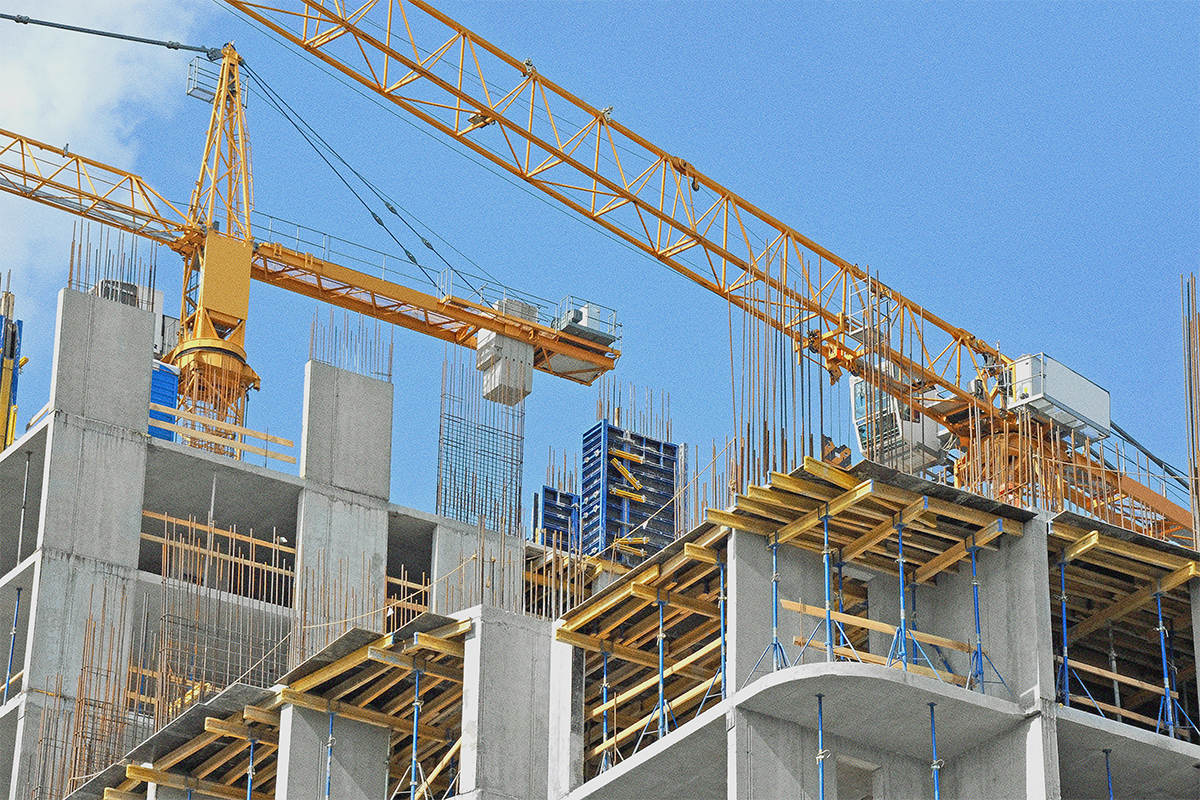Keep reading about similar topics.

Health
by Habitable & John Mulrow, PhD
→
Read More


I’m thrilled to be here, together with two of my colleagues, Teresa McGrath (Chief Research Officer), and Rebecca Stamm (Principal Researcher). While much of the treaty discussion will focus on single-use plastics and the plastic waste problem, we’re in Geneva to make sure that the shocking amount of plastics in the building and construction sector are no longer overlooked. We’re also alerting attendees that there are already healthier alternatives to plastic building materials.
Since the Global Plastics Treaty Negotiations began in 2022, there has been an ongoing international effort to create a legally binding agreement. A main tension is that ambitious nations want to address the full lifecycle of plastics, including reducing plastic production, mitigating waste, and ending plastic pollution. Many oil and gas producing nations want to limit the treaty to managing plastic waste as a means to avoid production caps. November 2024 was the 5th session – INC-5, which was supposed to be the last. Because agreement was not reached, a final session was created .INC-5.2, will be held in Geneva, August 5-14. The pressure is on!
Preparing for this moment has been intense. We’ve been devouring a whirlwind of reports, articles, and webinars from different scientists, NGOs, and other organizations across the globe to learn more about the Treaty’s draft text, the sticking points, and new science on plastic’s impacts on people and the planet. Testimony from Indigenous Peoples and other marginalized communities that have been disproportionately harmed by plastic pollution—from production to waste—has been particularly poignant.

What is striking to me is that in all of the vast volumes of information being circulated, the building and construction sector is rarely, if ever mentioned. Most plastic reduction efforts focus only on certain single use plastic products or on packaging, which is currently the largest plastics use. Though important, addressing these alone will not be robust enough to mitigate the massive plastics problem.
The building sector is the second largest plastics user and is rapidly growing. Subsidies have made plastics cheap, driving an insatiable demand for plastics and making them ubiquitous in buildings. From flooring and siding, to insulation, and even paint, plastic use in the building and construction sector is on the rise and has the potential to surpass current packaging production in the coming decades. Still, the role of plastics in the built environment is overlooked – truly, “hidden in plain sight”. Despite growth across the globe, many scientists, policymakers, and building professionals are still unaware of the scale and impact of plastic pollution tied to building materials.
The building and construction sector should be recognized in all efforts to address the harms of plastics, however, it is routinely excluded. Reasons that plastic building materials are often ignored in plastic policy discussions could include:
Policy Recommendations
The Habitable team is here in Geneva to share our research on the extraordinary volume of plastic building products and the devastating scale of pollution and health impacts at all points in their lifecycle. We developed a policy brief and recommendations, called Buildings’ Hidden Plastic Problem. It currently has 24 endorsing organizations and is translated into Spanish and French.
Meaningful progress at the UN Plastics Treaty negotiations requires addressing more than waste, like plastic bags or straws. Reducing building and construction plastics is also critical to eliminating the harms plastics cause to human health and the environment.
Solutions Exist
There are many no- or low plastic building materials that meet cost and performance criteria. We work with many architectural firms and developers who are already prioritizing healthier, natural alternatives.
Join the leaders moving away from plastic building products. We can help. Our Informed product guidance translates our deep research into a simple red-to-green ranking system. Product types that are ranked yellow or green are healthier options and tend to contain less plastic or avoid the worst plastics—including PVC and polystyrene—while reducing the overall toxic chemical harms over the product life cycle.
Habitable’s Geneva Goals
Habitable supports an ambitious and effective Plastics Treaty. We are in Geneva to advocate for the building and construction sector’s massive plastic problem to be acknowledged and addressed. We will also enlist new global partners in a growing movement to leverage the building sector’s scale to reduce plastics, and partner with leading building professionals as allies towards healthier people and planet. Better solutions exist. Let’s start using them. Follow along on Habitable’s social media for updates on progress and news coming out of Geneva.